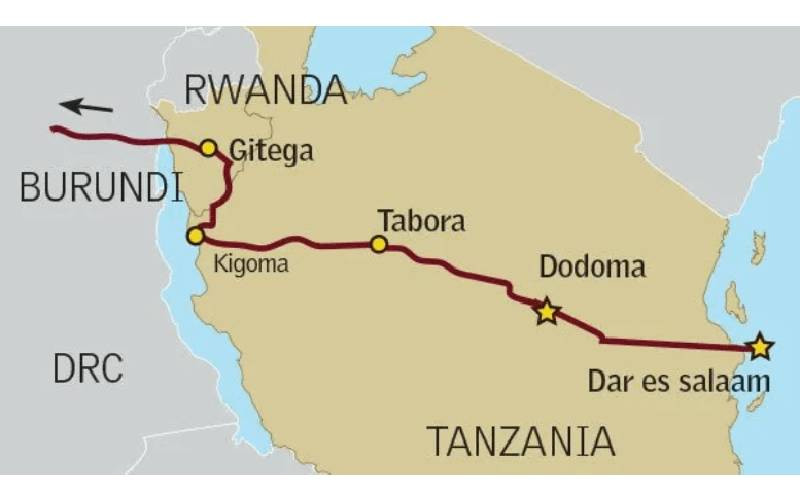
Africa is the most resource-abundant continent in the world. It has huge deposits of cobalt, coltan, uranium, copper gold, diamond, oil and natural gas. It also has 65 per cent of the world's arable land and 10 per cent of the planet's internal renewable fresh water source. Africa is the closest thing to the Biblical Eden, the Valhalla of Nordic mythology. Yet Africa is considered the poorest continent on earth!
It is a fair assessment to say the continent has everything it needs within its borders. It can subsist without interventions from countries of the Global North. In fact, Africa can not only provide food and energy from its abundance of renewable resource but can also feed the world. Why then does the continent struggle? Why is it that one in every two people in sub-Saharan Africa live below the poverty line?